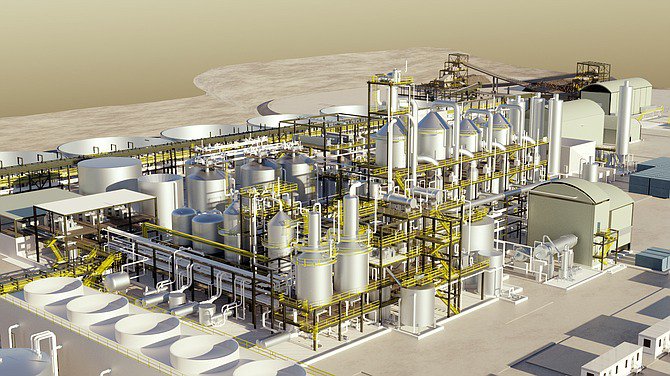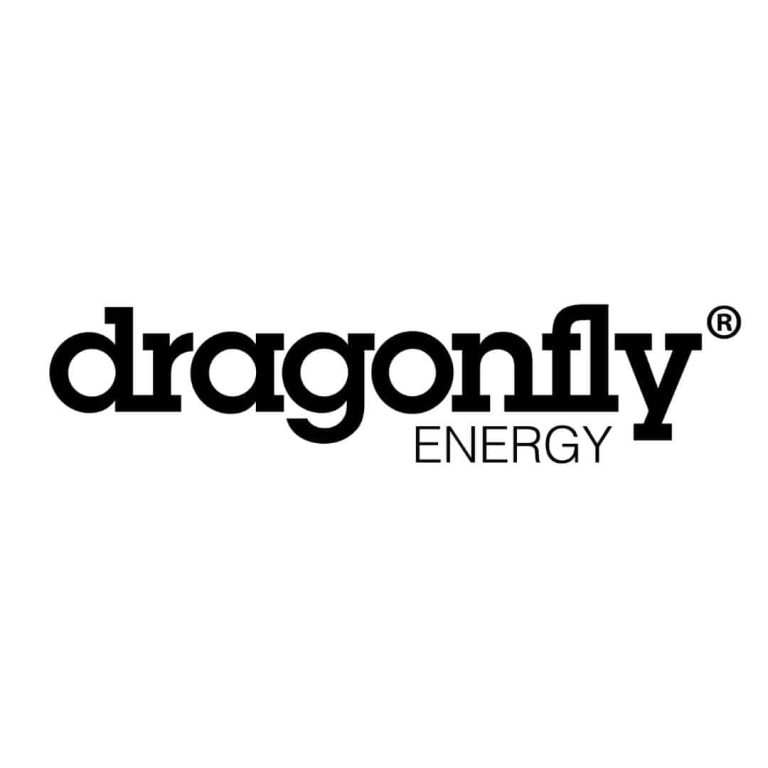As the world seeks to move from fossil fuels toward clean energy, lithium has emerged as a hot topic of conversation. In particular, the process of direct lithium extraction (DLE) has seen a surge in interest as the technology increasingly gains traction. A major advantage of DLE is that it addresses many of the important environmental concerns surrounding lithium extraction and recovery. No wonder, then, that industry leaders are sitting up and taking note.
An alkali metal, lithium is a critical component of the lithium-ion batteries so prevalent in advanced energy storage systems. Lithium-ion—or Li-ion—batteries are also used by the vast majority of electric vehicles (EVs). As such, they have the potential to make a significant and positive impact in the ongoing fight against climate change. Combined with DLE’s superior environmental profile relative to conventional lithium mining, these factors create an intriguing area of focus for the lithium industry.
Technology experts and leaders of industry continue to voice growing optimism about DLE. In this guide, we’ll examine what direct lithium extraction entails as well as look at current authoritative opinions about its benefits and potential.

What is Direct Lithium Extraction?
As a pure elemental compound, lithium does not naturally occur in isolation. Instead, it is concentrated in geological materials such as:
- Brine deposits
- Geothermal fluids
- Lithium-bearing minerals
- Granite and pegmatite rock
Direct lithium extraction applies advanced chemical processes to recover lithium from sources like lithium-rich brine deposits, geothermal fluids, and lithium-bearing minerals. These chemical processes comprise:
- Adsorption. This technique involves applying sorbents to brine and other lithium-containing compounds. These sorbents then collect elemental lithium from the source, facilitating its selective extraction and removal.
- Ion exchange. Ion exchange systems use specialized resins to draw lithium out from source materials through absorption. Once the resin becomes saturated with lithium, technicians are able to recover it. Experts believe that ion exchange is capable of capturing up to 90% of the lithium a source contains.
- Membrane separation. Membrane separation techniques essentially “filter” lithium out of a source. As the source passes through a succession of membranes, impurities and non-lithium ions become trapped while lithium ions pass through. Technicians then collect the isolated lithium.
- Solvent extraction. Various solvents can either physically separate lithium from other ions and chemicals or chemically capture it for additional processing.
Advantages of DLE
Direct lithium extraction offers multiple advantages over conventional techniques—for instance, lithium brine extraction in evaporation ponds or lithium ore mining. The main benefits include:
- Production times measured in hours and days rather than the months or years required for brine evaporation
- Far lower land area and water input needs
- No dependence on weather
- Perhaps most importantly, DLE creates little in the way of Scope 1 greenhouse gas (GHG) emissions, while posting far superior recovery rates
In hard rock mining, the mineral spodumene is the richest source of lithium, comprising up to 8% of this metal. The ore then requires further processing, after which its recovery rates rise to between 60% and 80%. That said, the method is costly—both financially and environmentally speaking.
While brine extraction from evaporation ponds costs substantially less and doesn’t require more processing, it posts a recovery rate of approximately 40%–60%. By contrast, direct lithium extraction recovers in the region of 70% to 99%. Moreover, the most innovative DLE techniques are reported to reduce GHG emissions by up to 50% compared with conventional refining methods.
A 2023 Reuters report notes that an estimated 70% of the world’s lithium deposits are contained in brine deposits compatible with direct lithium extraction. Given DLE’s efficiency benefits and improved environmental profile, industry titans are excited about its potential to power the lithium-ion battery revolution—something that could spell the end of high-emission combustion automobile engines.

What the Tech Industry Thinks of DLE
Here’s a roundup of what tech leaders and other captains of industry think about direct lithium extraction:
Elon Musk
Tesla CEO Elon Musk has commented on the skyrocketing price of lithium in commodities markets. Musk notes that lithium is common and abundant, but its supply is hampered by slow and inefficient extraction and refinement techniques. These factors have triggered what Musk believes are unsustainable price hikes.
Furthermore, Musk has expressed great interest in direct lithium extraction for both its efficiency and environmental profile. In addition to this, he has submitted a patent application for a new DLE extraction method that uses simple table salt to recover lithium from clay.
Goldman Sachs
The Australian wing of the global Goldman Sachs investment bank issued a 2023 report reviewing direct lithium extraction and its potential. According to the bank’s analysis, DLE could nearly double lithium production. This, in turn, would dramatically increase the element’s market availability—and have a tempering effect on soaring lithium prices.
Amanda Hall
Summit Nanotech CEO Amanda Hall has praised DLE’s superior lithium recovery rates while also highlighting its sustainability. Hall further mentions that Summit Nanotech is prioritizing the development of a proprietary DLE extraction method for recovering lithium from brine deposits.
John Burba
Dr. John Burba, known professionally as the “lithium godfather,” is the CEO and chairman of International Battery Metals. A 2023 LinkedIn post covered an interview in which Burba discusses direct lithium extraction, characterizing it as a make-or-break technology with massive and critical potential.
National Renewable Energy Laboratory
The National Renewable Energy Laboratory (NREL) has strengthened its support for an innovative direct lithium extraction research program. This also includes lucrative incentive prizes for scientists who pioneer important breakthroughs.
According to NREL, direct lithium extraction could raise recovery rates from California’s Salton Sea by a factor of 10! The NREL is presently focused on strategies that the United States can leverage to secure domestic supplies of what is shaping up to be one of the 21st century’s most valuable natural resources.
DLE Could Be a Gamechanger for Dragonfly Energy
Direct lithium extraction could become a pivotal factor in the evolution of green energy. At Dragonfly Energy, we are excited about established and emerging DLE technologies, as they stand to radically improve the economic efficiency of lithium production while significantly mitigating its ecological impacts.
Dragonfly Energy is a leading producer of lithium-ion batteries for use across a complete cross-section of industries. Clients and partners in the marine, heavy trucking, industrial equipment manufacturing, solar and off-grid power, and other industries rely on our high-performing batteries to create products with elite performance standards. To learn more, or to inquire about our brands and capabilities, contact us today.


